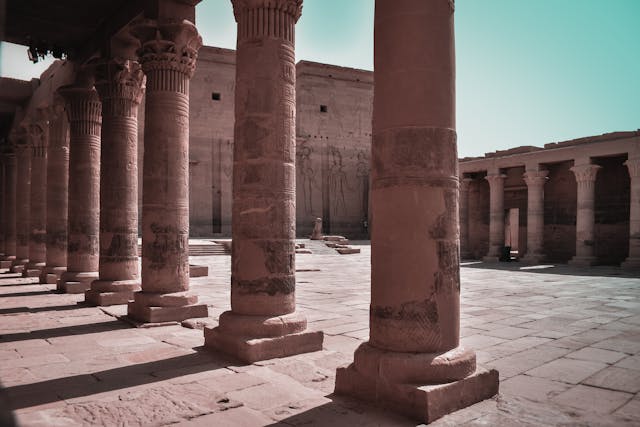
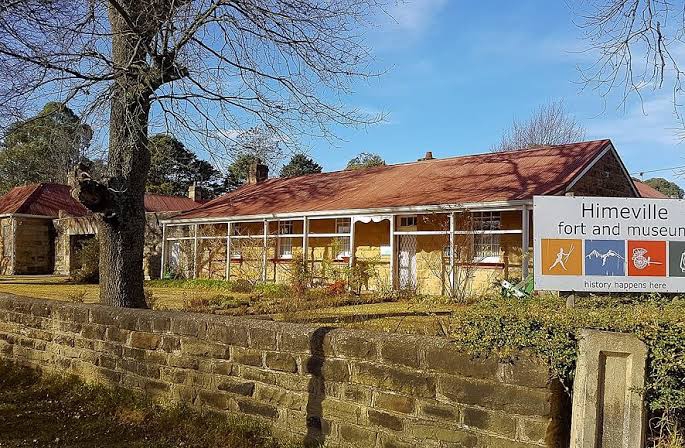
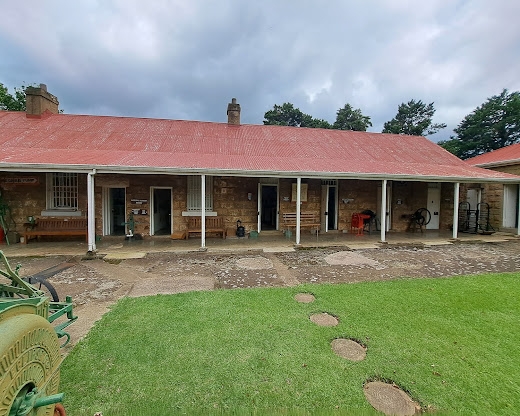
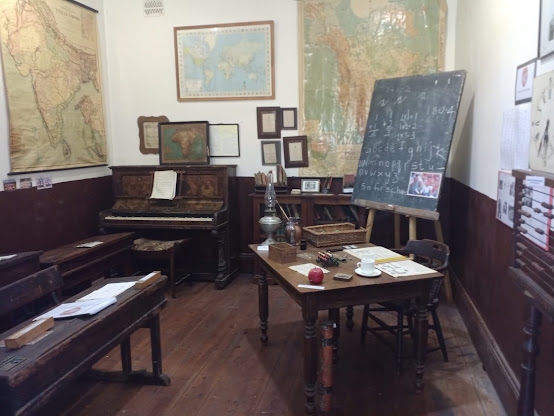
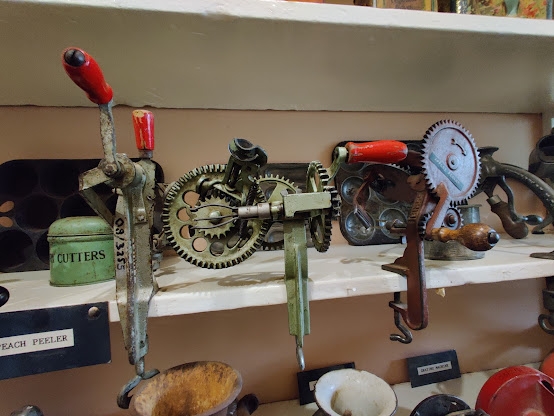
Himeville Museum: A Window into the Southern Drakensberg’s Past
History African@africanhistory
1 month ago
Himeville Museum, located in the small town of Himeville, KwaZulu-Natal, is a fascinating heritage site housed in a former stone fort and prison built in 1900. This well-preserved historical building now serves as a cultural museum, offering insight into the colonial, indigenous, and natural history of the Southern Drakensberg region.
What Makes Himeville Museum Special?
Historic Stone Prison 🏰 Originally constructed to protect settlers during the Bambatha Rebellion (1906), it was later used as a prison until 1973, before being converted into a museum.
Diverse Exhibits 🏺 Displays include San (Bushman) rock art, Anglo-Boer War artifacts, vintage farming equipment, and traditional Zulu cultural items.
Early Settler History 📜 Learn about the pioneers, farmers, and traders who shaped the region.
Wildlife & Fossils 🦖 A section is dedicated to prehistoric fossils and local wildlife, highlighting the area’s natural history.
Local Heritage 🎭 The museum celebrates Zulu culture, including traditional beadwork, weaponry, and historical accounts.
Tips for Visiting:
✔ Best Time to Visit: Any time of year, but pair it with a trip to the nearby Sani Pass for breathtaking mountain views.
✔ Entry Fee: Usually affordable or by donation—supporting local heritage conservation.
✔ Explore the Surroundings: Himeville is known for its charming countryside, trout fishing spots, and adventure tourism.
✔ Guided Tours Available: Local guides offer in-depth stories about the fort’s history, rebellion conflicts, and Zulu heritage.
✔ Wear Comfortable Shoes: The museum has outdoor sections showcasing early farm equipment and transport.
Himeville Museum is a hidden gem that brings the history of the Drakensberg to life, making it a must-visit for history enthusiasts and cultural explorers.
#HimevilleMuseum #SouthernDrakensberg #KwaZuluNatal #ZuluHistory #AngloBoerWar #SanRockArt #HeritageSA #TravelSouthAfrica #HistoricalLandmarks #CulturalExploration
Photo Credit: Museum Explorer
